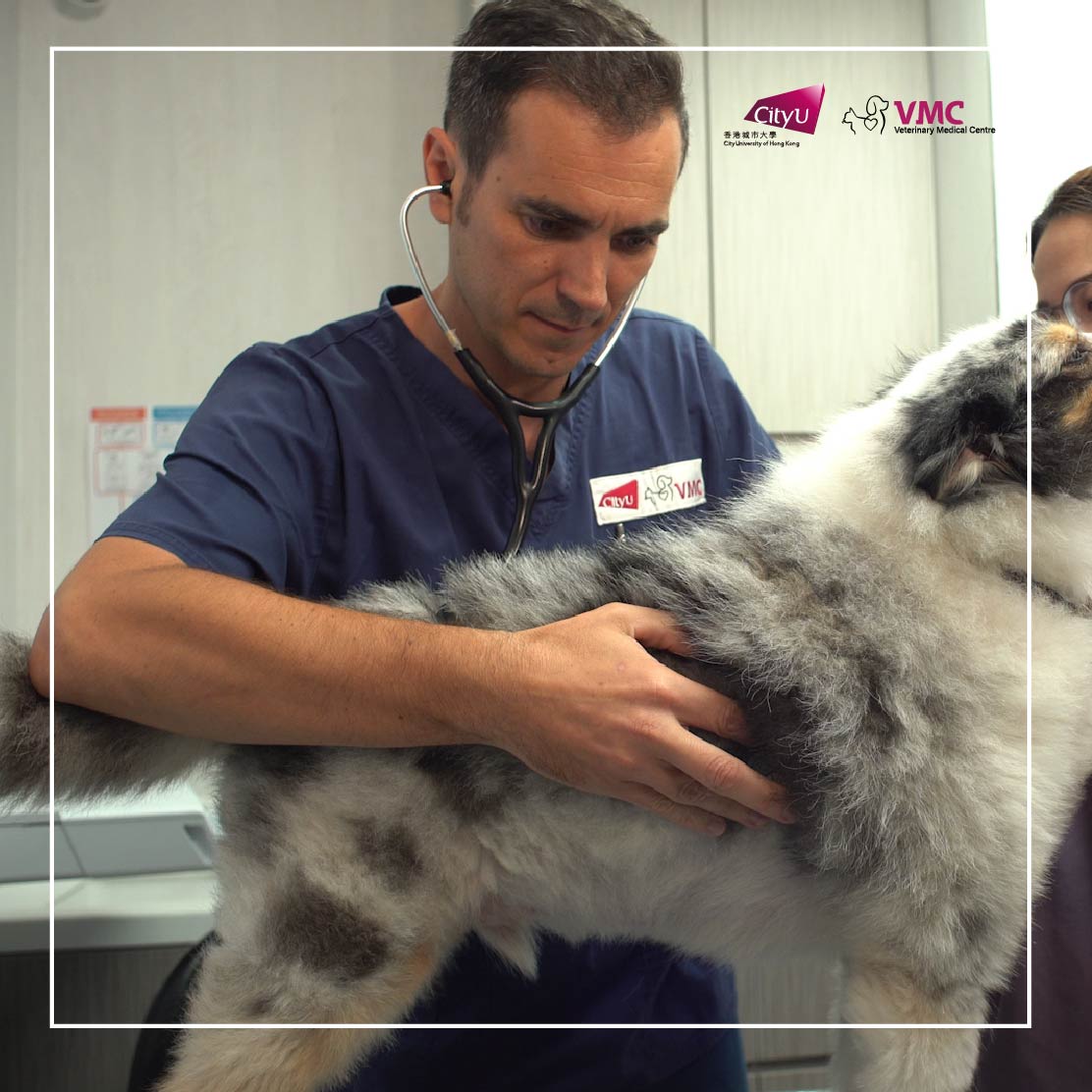
In addition to #distemper , dog owners also need to pay attention to #heartworm disease.
Heartworm disease (dirofilariasis) is a serious and potentially fatal disease in dogs in many parts of the world. It is caused by a worm called Dirofilaria immitis. Heartworms are found in the heart and large adjacent vessels of infected dogs. The female worm is 2.3 to 5.5 cm long and 5 mm wide; the male is about half the size of the female. One dog may have as little as 1 or as many as 300 adult worms.
The disease is not spread directly from dog to dog. An intermediate host, the mosquito, is required for transmission. It takes a number of years before dogs show outward signs of infection. Consequently, the disease is diagnosed mostly in 4- to 8-year-old dogs. The disease is seldom diagnosed in a dog under 1 year of age because the young worms (larvae) take up to 7 months to mature following establishment of infection in a dog.
There is some risk involved in treating dogs with heartworms, although fatalities are rare. The drug that is used contains arsenic. The amount of arsenic is sufficient to kill heartworms without undue risk to the dog. However, dogs with poor liver or kidney function may have difficulty breaking down and eliminating the arsenic. In spite of this we are able to treat more than 95% of dogs with heartworms successfully.
Some dogs can have advanced heartworm disease. This means that the heartworms have been present long enough to cause substantial damage to the heart, lungs, blood vessels, kidneys, and liver. A few of these cases will be so far advanced that it will be safer to just treat the organ damage rather than risk treatment to kill the worms.
After treatment, some adult worms die in a few days and start to decompose; the remainder will die within a month. As they break up, they are carried to the lungs, where they lodge in the small blood vessels and are eventually reabsorbed by the body. This is a dangerous period, and it is absolutely essential that the dog be kept quiet and not be allowed to exercise for 1 month following treatment. The first week after the injections is very critical because the worms are dying. A cough is noticeable for 7 to 8 weeks after treatment in many heavily infected dogs.
Prompt treatment is essential if the dog has a significant reaction in the weeks following the initial treatment, although such reactions are not common. If a dog shows loss of appetite, shortness of breath, severe coughing, coughing up blood, fever, and/or depression, treatment will be necessary. Response to antibiotics, cage rest, and supportive care, such as intravenous fluids, is usually good in these cases.
Appointment/Enquiry: 3650 3000 (Mon-Sun: 9:00am – 7:00pm)
Address: G-2/F, Trinity Towers, 339 Lai Chi Kok Road, Sham Shui Po
Online booking for revisit with primary care veterinarians or vaccination: https://www.cityuvmc.com.hk/en/online-booking/